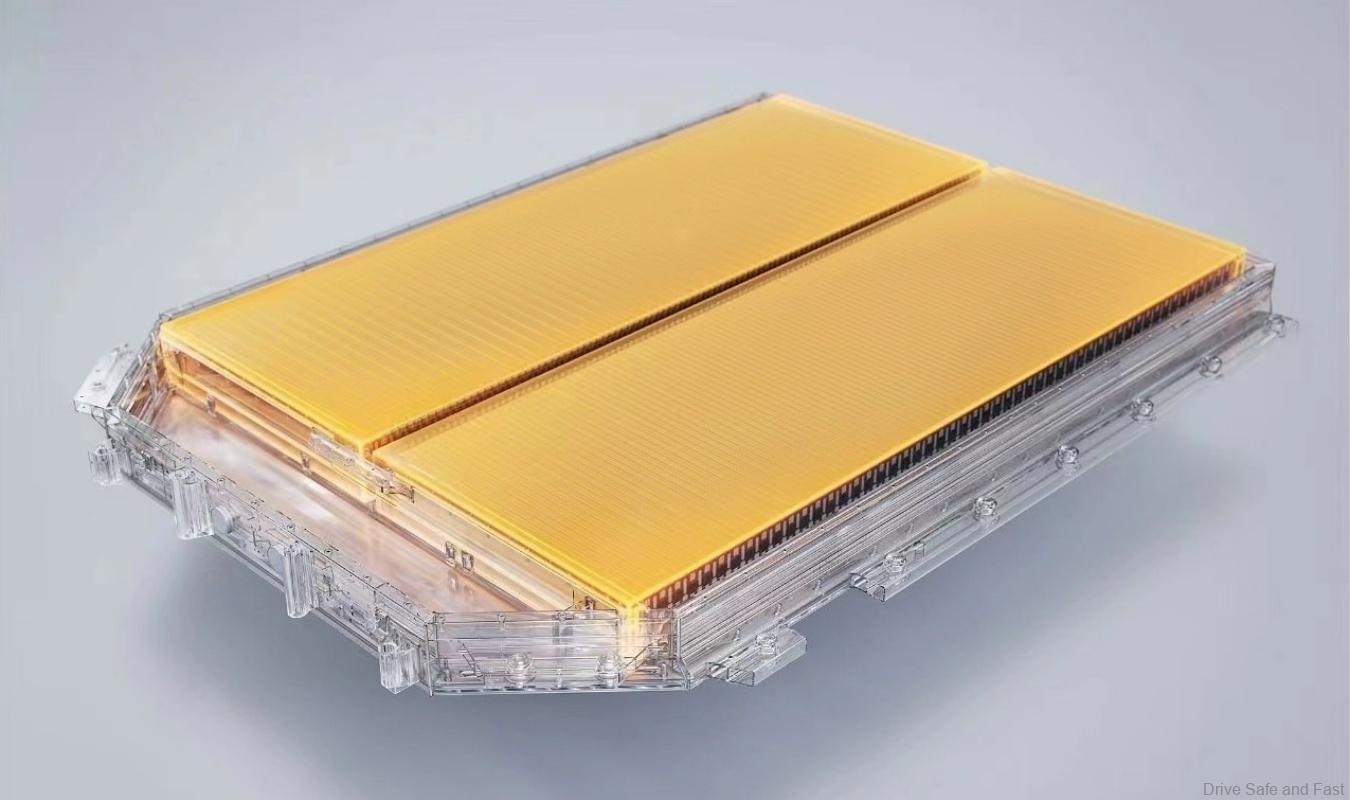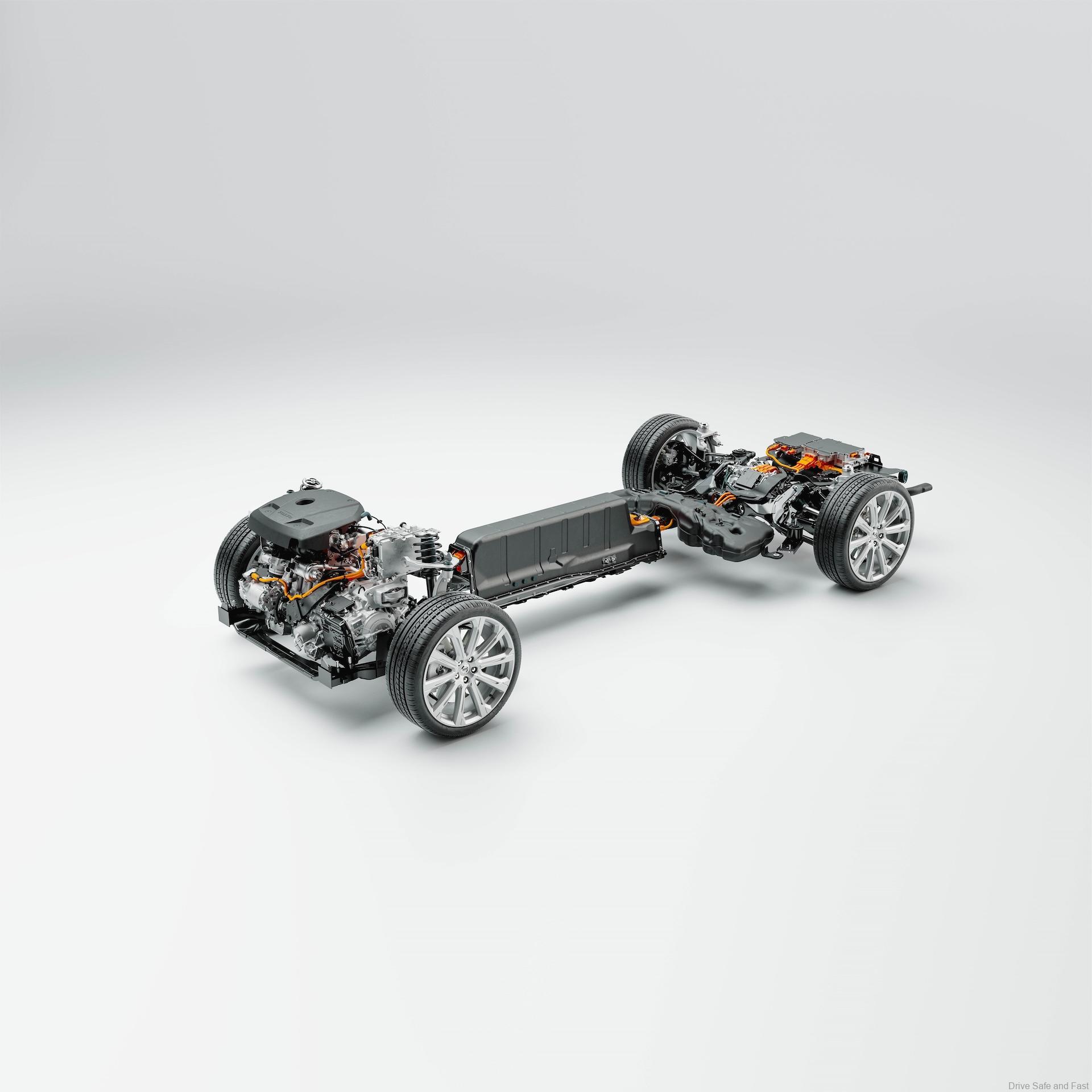Are solid-state EV batteries really the battery of the future we all have been waiting for?
Both researchers and electric car manufacturers have long anticipated the advent of the “super battery” of the future, the solid-state battery. Toyota recently announced its plan to introduce an electric vehicle (EV) powered by a lithium solid-state battery by 2027-28. Yet, despite previous announcements, the transition to solid-state technology has faced delays. Why?

Solid-state batteries represent a significant leap forward from conventional lithium-ion batteries. Unlike standard batteries that rely on liquid electrolytes, solid-state batteries use a solid electrolyte, which allows ions to travel more efficiently. This enhanced efficiency translates to faster charging times and higher performance.
Moreover, a key advantage is the potential to produce batteries as thin as a piece of cardboard, incorporating ultra-thin layers for the anode, cathode, and electrolyte. Such compact design can lead to more powerful batteries that occupy less space, offering the potential for EVs to achieve up to 1,000 kilometres of range on just a 10-minute charge.

Solid-state batteries are also more fire-resistant due to the absence of flammable liquids. Despite these promising benefits, several hurdles remain before solid-state batteries become mainstream. While the technology shows great promise in laboratory settings, scaling up production is both challenging and costly.
On top of that, the development process is complex, requiring advanced materials and specialised equipment due to the extreme sensitivity of the components. The current lithium-ion batteries took over two decades to perfect, and development continues.

Scaling solid-state batteries involves creating new methods for manufacturing and sealing the ultra-thin layers to prevent damage and ensure continuous electrical contact, a challenge in large-scale production where many cells are assembled together. In parallel, researchers at Denmark Technical University (DTU) have introduced a revolutionary battery material using potassium silicate, a common mineral.
This new material, developed by Mohamad Khoshkalam, offers a promising alternative to lithium-ion batteries. Potassium silicate is inexpensive, environmentally friendly, and efficient. The material, which is paper-thin and milky-white, conducts ions effectively at around 40 degrees Celsius and can be produced in open air at room temperature.
This innovation could significantly boost battery capacity, shorten charging times, and improve safety by eliminating the need for combustible liquids. Together, these advancements signal a major shift in battery technology, bringing us closer to the much-anticipated super battery that could transform electric vehicles and beyond.

So while solid-state batteries very well could be the answer to all our problems, it still needs to have a few kinks ironed out first.



